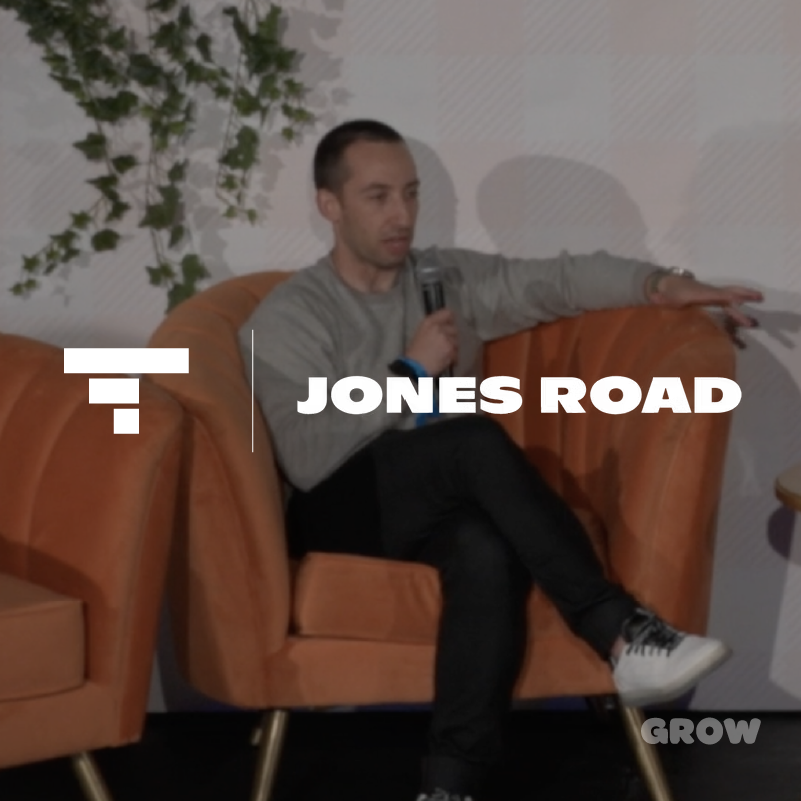
The Secret to How Saatva Quantifies Retail Sales from TV
A version of this was originally featured in Modern Retail.
For most retailers, measuring the success of an ad is as simple as waiting to see if it drives someone to visit your website. But what about getting you to go to a brick and mortar store? Yes, in-store sales are still very much a thing in 2025. In fact, 80% of retail sales occur in physical stores. So for marketers with retail locations, ensuring their online advertising is having an impact on offline sales is critical.
But measuring that is much more complicated.
This drove mattress brand Saatva to dig deeper. The company, known for selling luxury mattresses both online and through its 22 physical showrooms across the U.S., wanted to understand how much its ads on both streaming and linear TV actually drive foot traffic and in-store sales.
The answer required more than a typical attribution model. It called for a statistical deep dive into how people see, remember, and eventually act on TV ads, even days or weeks after seeing them.
“Over the past five years, we've been opening up brick and mortar showrooms in all of our biggest markets,” said Saatva’s vice president of marketing, Alex Diesbach. “Since launching our ads on TV, we’ve seen a huge correlation with branded search inquiries and website traffic. So naturally, the next step for us was to determine how our TV campaigns influenced our retail sales.”
Turning Ad Exposure Into Real-World Sales Data
To find the signal amid all the noise, Saatva partnered with Tatari to build a model that could connect TV ad spend in specific geographic areas (known as DMAs, or Designated Market Areas) with weekly store sales dating back to 2023.
The challenge: differentiating between sales that happened because of advertising and those that would have happened anyway. So Tatari’s data science team accounted for everything from regional shopping habits to national holiday promotions. The model didn’t just track ad spend and store receipts; it also factored in:
The “ad echo”, or carryover effect — the idea that someone who sees a TV ad on Monday might not act on it until Friday (or later). An ad's influence doesn't just disappear the second it's over; it fades away slowly. As such, the ad spend of week 1 will still affect the sales that occur in weeks 2, 3 and possibly even beyond. This ad echo effect is included in the model.
Holiday sales spikes — isolating natural lifts around events like Memorial Day or Black Friday. The Tatari team made sure that they didn't give TV ads credit for sales that were going to happen because of a huge holiday sale. They trained their model to recognize these special ‘promo periods’ and to handle them differently compared to every-day, non-promotional periods.
Regional variation — recognizing that a huge market like New York City, which has several Saatva stores, looks very different from a smaller city with only one location. To ensure a balance, they accounted for the number of stores in each DMA.
Population density and proximity — how many potential customers live within 10, 20, or 50 kilometers of a store. They established a baseline by factoring in this distribution in population relative to Saatva’s stores.
Seasonality and long-term growth — since mattress sales are often driven by seasonality trends, the model takes that into account, as well as looking at sales figures over the years.
Breaking Down the Model
Taking all of the data and model components mentioned above, we built a model that models the number of sales that occurred due to the ad spend. To do this, we used a statistical model called a Gamma Generalized Linear Model.
Here’s how it works:
1. First, we showed the model all the real-world data: the actual sales and ad spending, the sales weeks, seasonal trends, etc,. The model learned the patterns in the data in order to predict the total number of sales (not just those attributed to the ads) over time. This is the dashed orange line displayed in the figure below, where the solid black line indicates the actual number of sales.
2. Next, we asked the model: “What if Saatva never ran any TV ads at all?”, how many sales would this model predict? What if the total ad spend had been 0 USD throughout?
The difference between the two figures (shown as the green line in the figure above) helped produce the total number of retail sales that can be attributed to TV advertising, giving Saatva an entirely new way to measure TV.
Each of these factors helped refine a more realistic model; one that could quantify the real-world impact of TV advertising on retail performance by predicting the patterns in the data in order to predict the total number of sales over time - not just those attributed to ads.
The Results
Out of the total retail sales, 5.7% were directly attributed to TV ads. For a high-consideration purchase like a mattress, it’s a significant lift, and one that proves television’s reach doesn’t stop at the screen.
What’s Next for Saatva?
Beyond the topline number, the model also exposed differences across local markets. Some DMAs showed stronger ad responsiveness than others, insight Saatva can now use to optimize where, and how heavily, to invest in future campaigns.
“Getting this kind of visibility into how our TV ads perform at the regional level has been a game changer,” said Diesbach. “We can now see which markets are more likely to translate ad exposure into store visits and purchases, and that’s helped us fine-tune both our media mix and our budgeting”
Saatva’s experiment shows that TV isn’t just a brand awareness channel it’s a real driver of retail sales, even in an era where digital metrics dominate marketing dashboards.
By blending old-school advertising with new-school analytics, Saatva turned what was once a gut feeling into actionable data, proving that sometimes, seeing an ad really does make you get off the couch, even if it leads you to a mattress.

Nora Eisner
I'm a Senior Research Data Scientist at Tatari. Prior to working in ad tech I was an astrophysicist working on detecting planets outside of our own Solar System (and naming them after Harry Potter characters).
Related
65 Advertisers Share How They’re Planning for Black Friday with Lessons for Brands to Win the Holidays
Discover how 65 brands plan to win Black Friday by boosting TV spend, blending linear and streaming, and turning holiday ads into measurable sales.
Read more
Watch: Why Jones Road Added TV to the Mix (and Never Looked Back)
Watch our GROW NY session with Jones Road Beauty to learn how they started with TV to drive growth and boost performance.
Read more
How Brands are Embracing a New Playbook for TV Advertising Success
Discover how marketers are redefining TV as both a performance and brand channel, balancing linear and streaming, measuring halo effects, and making bold, data-driven bets to maximize impact.
Read more


